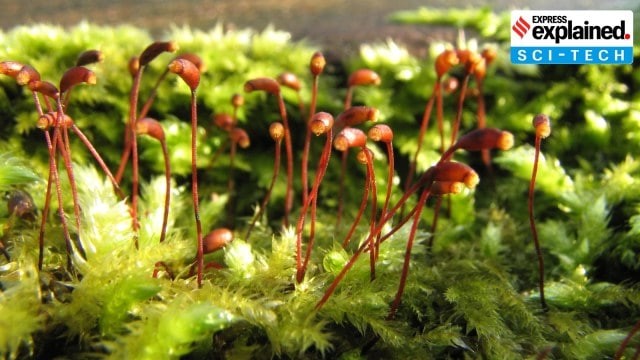Description
GS PAPER III: Conservation, environmental pollution and degradation, environmental impact assessment.
Context: The researchers from the Indian Institute of Technology Kharagpur, used scanning electron microscopy to study about 10 teeth samples collected from the village of Tihki in Shahdol District, Madhya Pradesh.
- The teeth were studied and compared with previously reported cynodonts.
- The results showed that they had found a new species, and they named it Rewaconodon indicus, indicating India.
- This vertebrate fossils, has yielded a new species and two genera of cynodonts, small rat-like animals that lived about 220 million years ago.
- The team also identified two new genera from the area. The first was named Inditherium floris, after India and the Latin word therium meaning beast.
- The second was named Tikiodon cromptoni, after Tiki Formation and Greek word odon meaning tooth.
Evolutionary link
- Cynodonts are important in evolutionary studies as this group ultimately gave rise to the present-day mammals.
- By studying their molar and premolar teeth, we see how they slowly evolved and modified.
- Their crown shape shows that these animals are actually intermediate forms that are very near to the mammalian line of evolution.
- Cynodonts and living mammals both belong to a group of egg-laying vertebrates (amniotes) called
- The close relationship of cynodonts with living mammals is seen in their bones.
- They also have differentiated teeth ( for example, different teeth in the front of mouths compared with the back), a secondary palate in their mouths, which, like humans, allowed them to breathe and eat at the same time.
- Some cynodonts show evidence for the inferred presence of whiskers and fur.
- About eighty cynodont genera have been reported from around the world.
- The ones similar to the newly discovered ones were previously found in Laurasia which includes North America, England, Germany, Switzerland, France, and Belgium.
- This possibly suggests abiotic interchange between India and Laurasian regions and/or similarity in paleoclimatic conditions, but this requires further study,

https://www.thehindu.com/sci-tech/science/the-story-of-220-million-year-old-rat-like-creatures-via-microfossils/article34345503.ece











